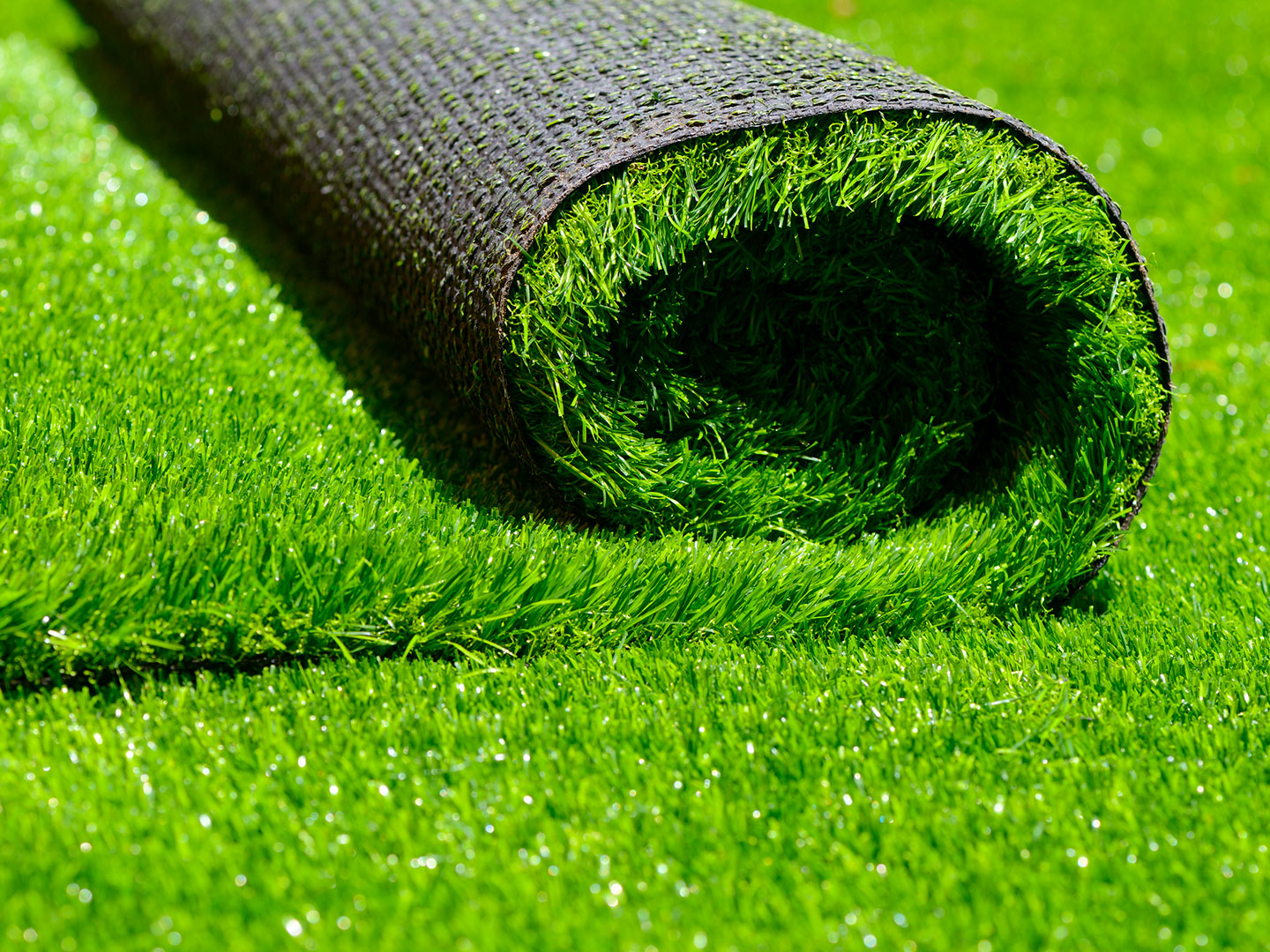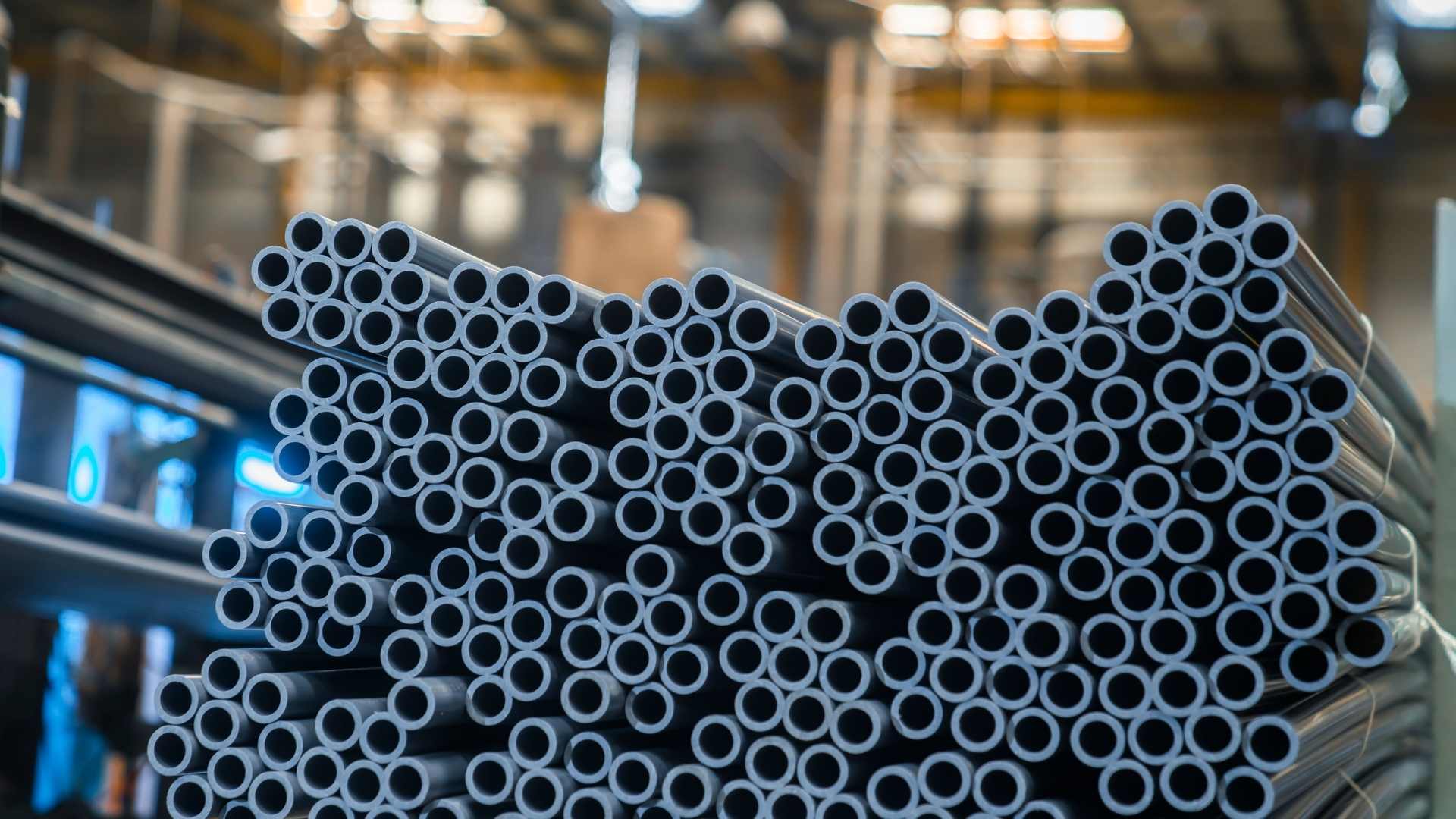How to install Artificial Grass and its Benefits
What is an Artificial Grass?
Artificial grass, also referred to as synthetic turf or fake grass, is a synthetic substitute for actual grass. It is created to resemble the appearance and texture of real grass while providing a number of benefits in terms of upkeep, toughness, and utility.
Polyethylene (PE) and polypropylene (PP), which are tufted or woven into a backing material, are two common synthetic materials used to create artificial grass. The grass blades' variations in color, texture, and height give them a realistic appearance.
The backing material of artificial grass is usually made of a sturdy material, such as latex or polyurethane, which helps provide stability and durability. It also often includes drainage holes to allow for proper water drainage and prevent water from pooling on the surface.
Artificial grass comes in rolls or tiles and can be installed on various surfaces, such as lawns, sports fields, playgrounds, rooftops, and commercial spaces. The installation process involves preparing the base, adding a weed barrier if necessary, and then securing the artificial grass on top. In some cases, infill materials like sand or rubber granules may be added to enhance stability and provide cushioning.
What are the benefits of using an Artificial grass compared with the natural grass?
1.Low maintenance
One of the main benefits of artificial grass is that it needs much less upkeep than real grass does. There is no need for pest control, fertilizing, mowing, or watering. This is a great option for people who are busy or prefer a low-maintenance outdoor space because it saves time and money.
2.Longevity and durability.
Synthetic turf is made to withstand constant use, harsh weather conditions, and high foot traffic. It is extremely strong and can last for many years before beginning to show signs of wear. Additionally, artificial grass is UV-stabilized, which means that even after prolonged exposure to sunlight, it won't fade or change color.
3.Conserves water.
Artificial grass has many benefits, especially in light of the growing concerns about water scarcity and the need for water conservation. It doesn't need to be watered on a regular basis like natural grass does to stay lush and green. This can result in significant water savings, particularly in areas with dry climates or where water restrictions apply.
4.All-weather usability.
Artificial turf can be used all year long, no matter the weather. It can withstand torrential downpours, snowfall, and a wide range of temperatures without getting muddy or losing its shape. As a result, consistent usability is made possible and bare patches, which are common with natural grass, are avoided.
5.Aesthetically pleasing.
Artificial grass offers a year-round appearance that is consistently green and well-kept. Without the use of pesticides or other chemical treatments, it keeps its lush appearance, ensuring a beautiful landscape all year long. Additionally, it can be tailored using a variety of shades, textures, and pile heights to fit particular design preferences.
6.Environmental advantages.
Artificial grass has some environmental benefits in addition to some environmental drawbacks. Injurious pesticides, fertilizers, and herbicides—which are frequently used to maintain natural grass—are no longer necessary. The absence of mowing also results in less noise and air pollution, making it a more environmentally friendly choice.
7.Applications that are flexible.
Artificial grass can be installed in a variety of locations, including backyards, playgrounds, sports fields, commercial spaces, rooftop gardens, and more. Due to its adaptability, it can be used for a variety of purposes and offers a stable and dependable surface for various activities.
How to install an Artificial grass?
Step 1: You have to make a decision on whether you are going to DIY or Hire a contractor.
If you will decide to hire, Buildeee is the perfect contractor for you! Buildeee offers:
- Removal of soil and grass
- Cementing your garden
- Installation of the artificial grass
But, if you choose to install it on your own, then let's proceed with the Step 2.
Step 2: Prepare the materials and make a plan.
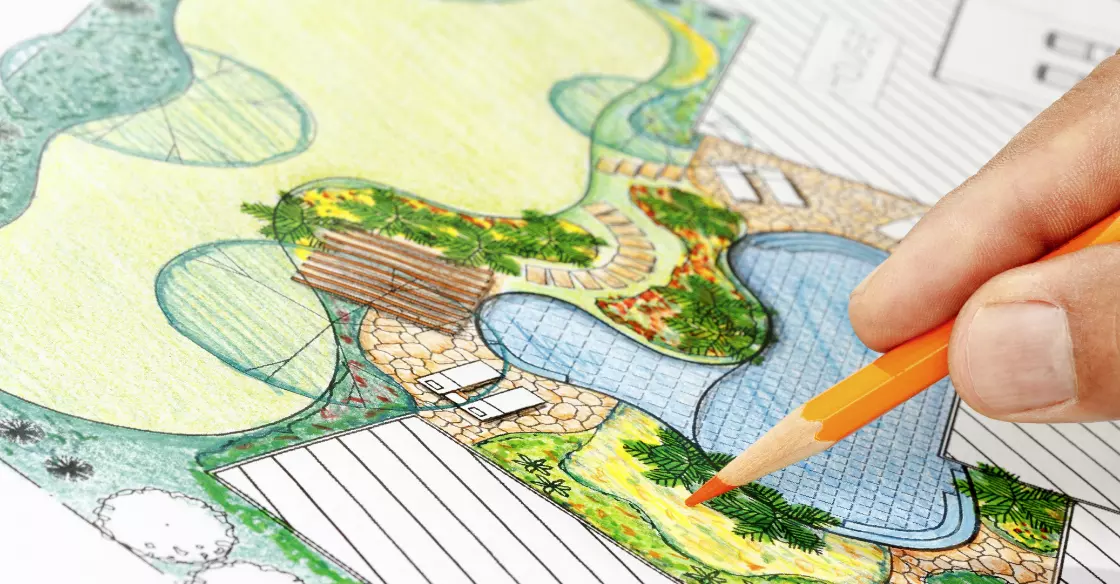
The materials needed includes:
- Wheelbarrow
- grass cutter
- a measuring stick and a tape measure
- Shovel
- Pick
- Gloves
- Hand tamper
- Compactor for plates
- spiky or galvanized nails
- Hammer
- Utility knife or box cutter
- transit scale
- synthetic grass adhesive and tape
- Push broom and leaf rake with plastic teeth
- artificial turf filler
- spreading seeds
Before beginning the actual installation process, create a list of everything you'll need. Determine the area that needs to be covered in artificial grass as well as the quantity of grass required at this time. When you've finished, it's time to make plans and mark the precise area that you want to cover with artificial grass. Laying down a chalk line or lawn edging will accomplish this. This will guarantee a smooth installation and guard against future errors. Do this slowly and keep in mind that failure to plan is planning to fail.
Step 3: Prepare the ground.
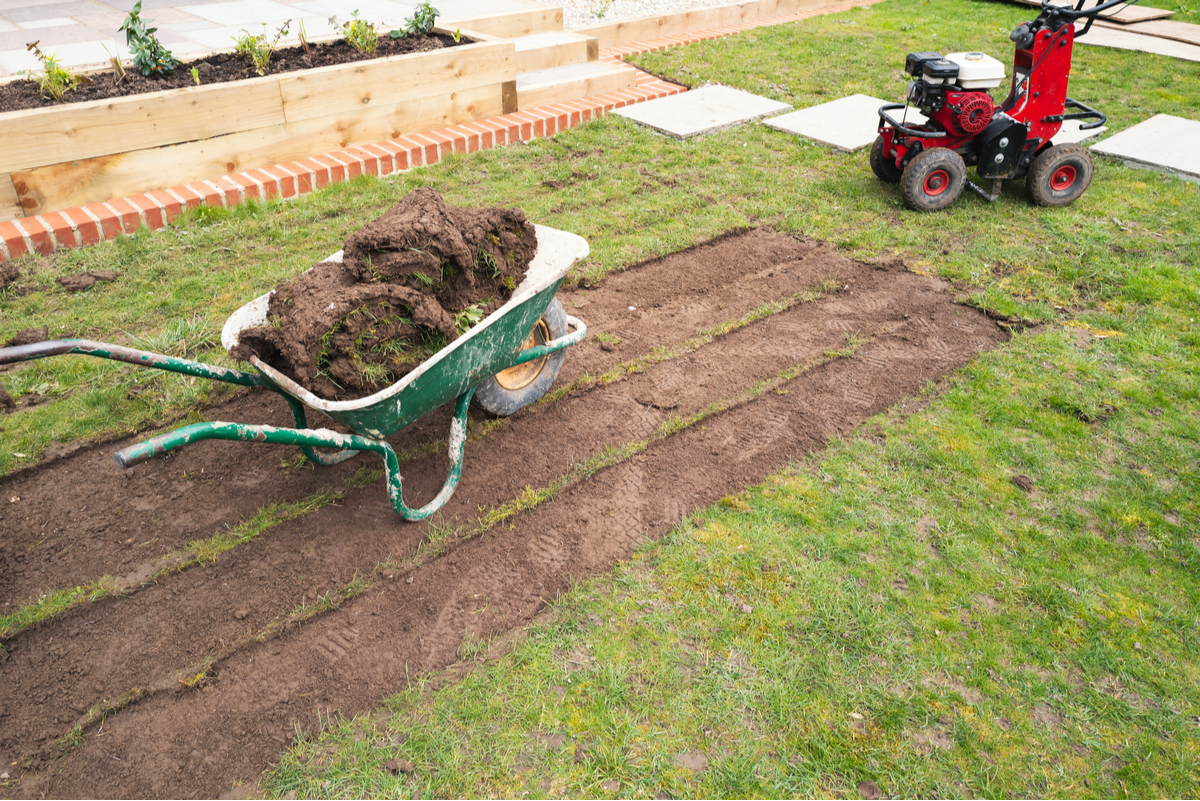
The existing lawn, as well as any plants and obstructions in the way, must be removed before installing synthetic grass where a natural lawn once was.
Make sure there are no hidden wires or pipes in the area before attempting this. If you have to work around them, be sure to flag them or be constantly alert to them in some other way.
Now is a good time to get in touch with the builders of your home and consult the construction documents. These blueprints will help you understand any potential problems that may arise as you level the existing ground and get your yard ready for a synthetic lawn.
Do the following to prepare the ground:
- Remove undesirable weeds and shrubs, then level the ground. The most effective way to remove the current turf is to use a motorized turf cutter. However, if you don't have access to one, a regular garden spade can be a useful (though time-consuming) substitute.
- At least 3 to 4 inches (or 7 to 10 centimeters) of digging should be done to reach the majority of the root system. The edges of the previously drawn laying area are where you can gauge this depth.
- After removing the topsoil and creating a rough gradient, lightly compact the ground with a hand tamp or plate compactor. It doesn't have to be completely smooth at this point, but if it is lightly compacted, it will offer a better foundation for the following steps. On the way, take care to manually remove any sharp or jagged objects.
- At this point, you can choose to either apply a weed killer or lay down a weed membrane. A weed membrane is a covering that prevents weeds from rising up through your artificial grass and into the air. This is crucial if you're putting artificial grass down in a spot where weeds were growing before.
A membrane, however, is not suggested for homes with pets, though, as it could trap urine deep beneath your lawn. To treat the area, you may also use a chemical weed killer.
Step 4: Install the edging
Edging will maintain the neatness and confinement of your finished artificial lawn, stop the installation from creeping or spilling over, and clearly demarcate your artificial grass from the rest of your lawn.
Step 5: Apply the sub-base

Your foundation is the sub-base, which sits on top of the artificial grass. Typically, an aggregate material—often in the form of crushed stone—makes up this layer. This substance offers a stable, level surface and good drainage.
Your sub-base's size and composition will determine its characteristics. Greater air pockets created by larger particles allow for easier water drainage, whereas finer sub-bases are simpler to compact into a level surface.
However, we advise choosing a sub-base with rocks or stones that are no larger than 3/8 inches (or 90 mm) in diameter for the best results.
Step 6: Lay the artificial grass.
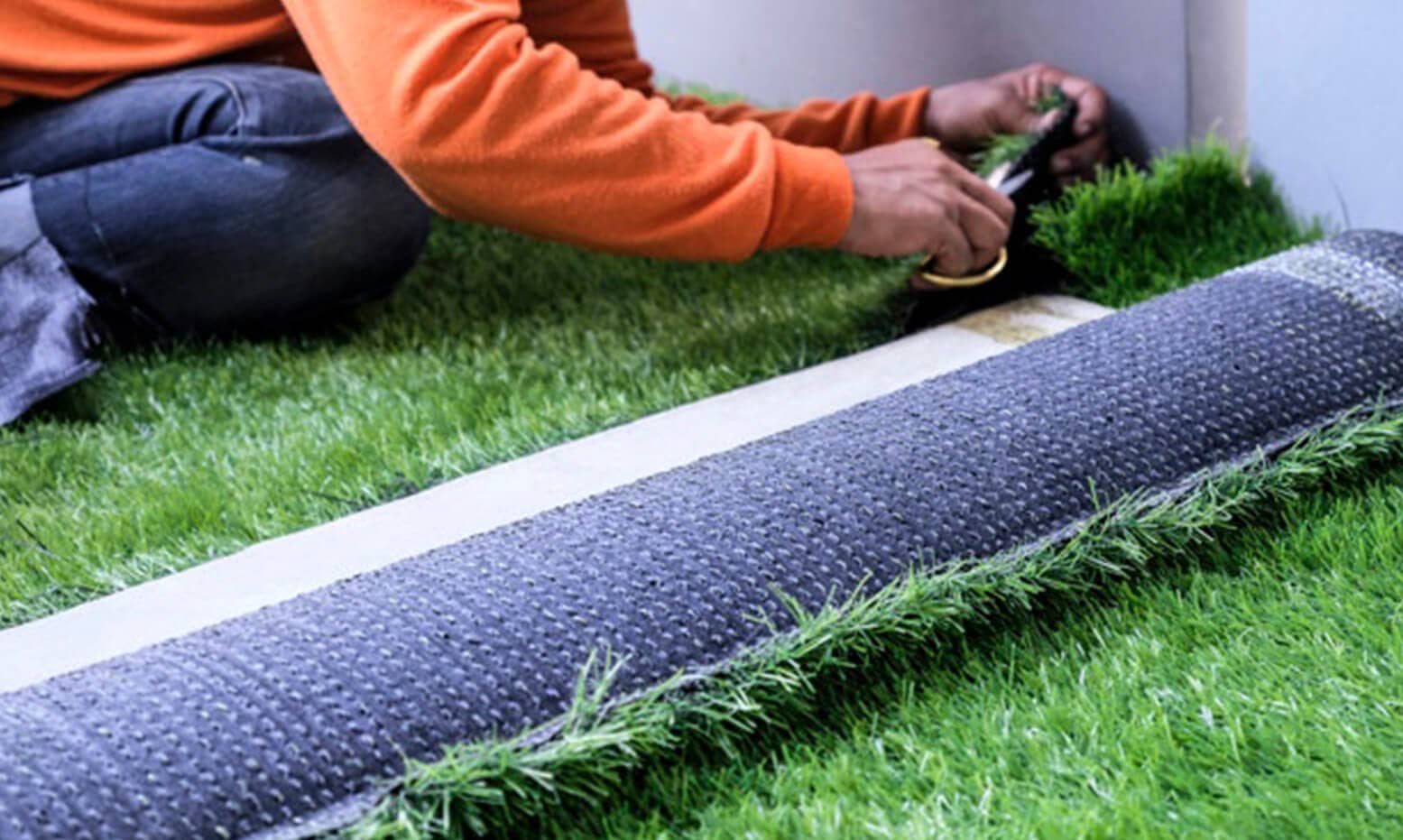
Roll out the artificial grass over the prepared area, ensuring it is positioned correctly with the blades facing in the desired direction. Be mindful of any seams if multiple rolls are required. Trim the edges of the grass as needed using a sharp utility knife.
Step 6: Secure the grass.
Secure the edges of the artificial grass using landscape staples or adhesive, depending on the specific installation requirements. Space the staples or apply adhesive as recommended by the manufacturer.
Step 7: Trim and Shape
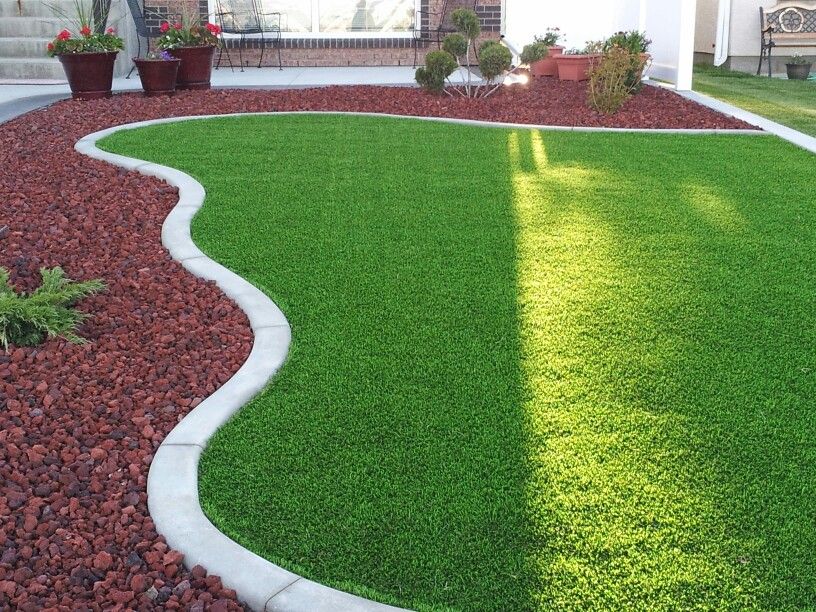
Trim any extra grass and sculpt the edges to match the installation area's contours. Make sure to create neat appearances and clean lines.
Step 8: Add infill material (optional)
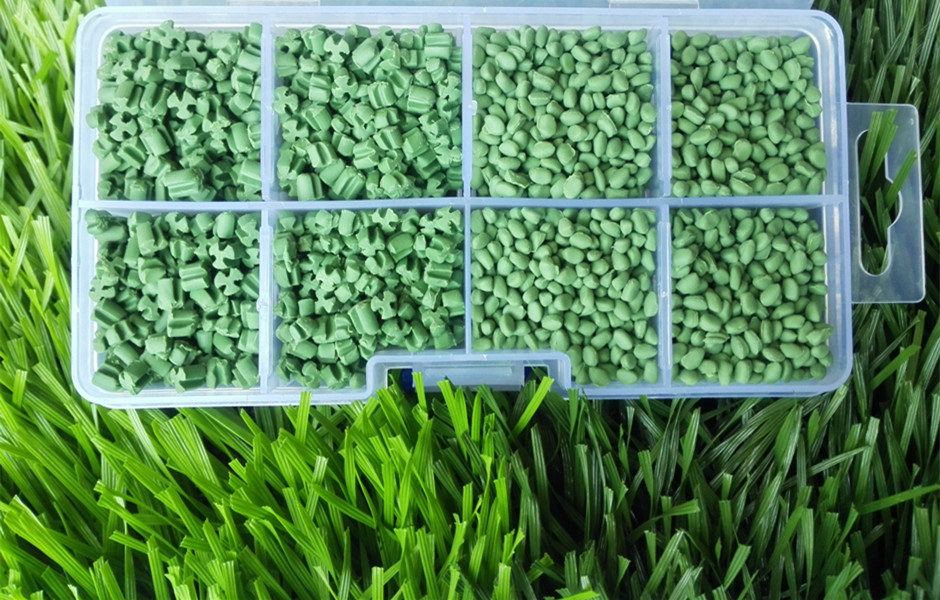
You might decide to add infill material based on the type of artificial grass and the desired qualities. The grass fibers can benefit from additional stability, cushioning, and support from infill materials like silica sand or rubber granules. Consult the instructions provided by the manufacturer if this step is not always required.
Step 9: Brush and groom the grass.
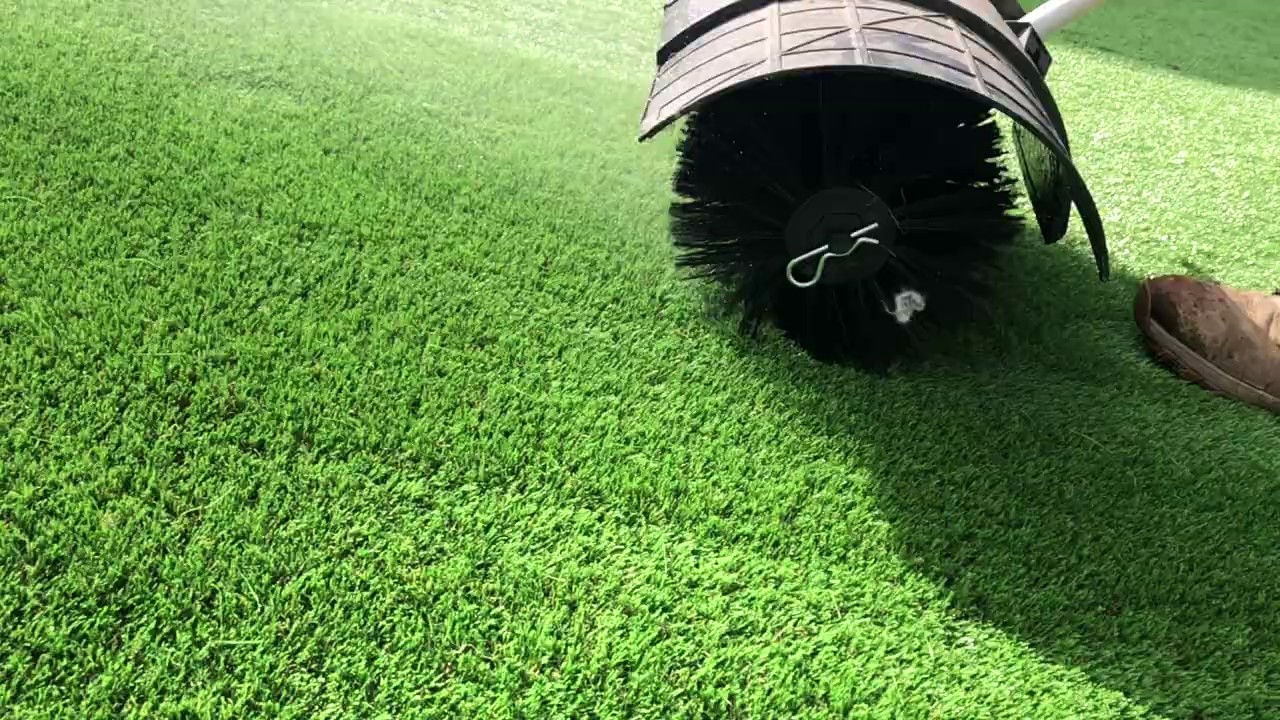
The fibers of the artificial grass should be brushed against the grain using a firm broom or power brush. A more natural appearance is produced by lifting the blades in this way. In addition, if used, it aids in the even distribution of the infill material.
Step 10: Clean and maintain
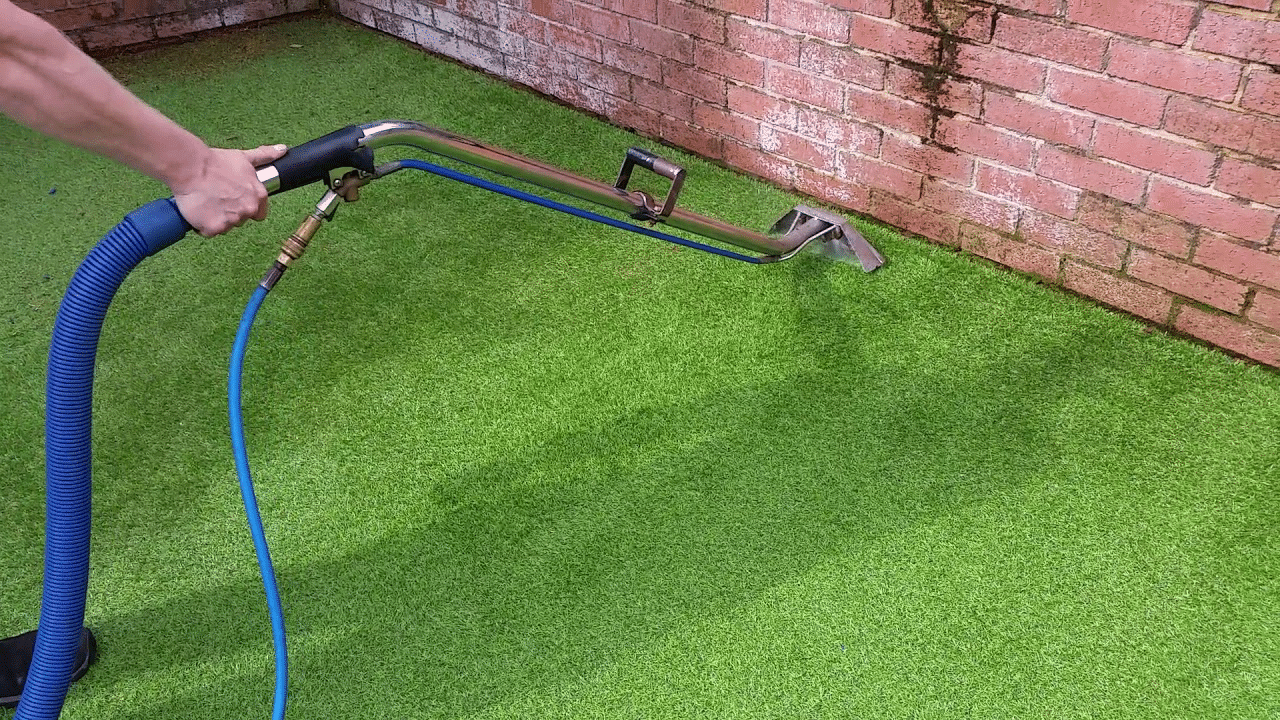
After installation, clean the grass's surface of any debris or extra infill material. To keep the fibers upright and get rid of any buildup, regularly brush or rake the grass.
Overall, artificial grass offers a low-maintenance, long-lasting substitute for natural grass, as well as advantages like water efficiency, toughness, and aesthetic appeal. Due to its adaptability and capacity to offer a consistently green and usable surface in a variety of weather conditions, it has grown in popularity in a number of applications.
Unleash the Green Revolution: Embrace Best Quality Artificial Grass in Philippines Php1,000 per Sqm
--------------------------------------------------------------------
And again, if you want to acquire our services, feel free to reach us through the contact details below. Also, follow us on all our social media accounts to stay updated of the latest contents!
Email: inquiry@buildeee.com
Facebook: Buildeee | Manila | Facebook
Instagram: Buildeee (@buildeee) | Instagram
LinkedIn:(Buildeee: Overview | LinkedIn
YouTube: Buildeee TV - YouTube
- #artificial grass
- #installation
- #benefits of artificial grass
- #how to install artificial grass

